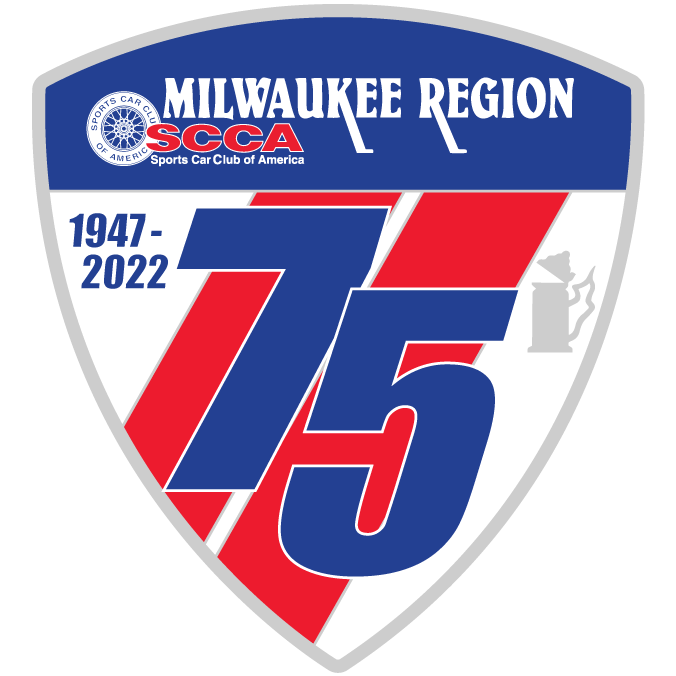What is Road Rally?

Road Rally is a scenic drive with a purpose, a chance to enjoy a day with a friend, the least expensive form of motorsport and as one participant described it, “The most intense thing I have ever done.”
Considering that his, “most intense thing” was done on a public road without ever breaking any laws in a car with absolutely no modifications – it’s clear that Road Rally is much more than a simple phrase can describe.
Because events do not involve speed, teams do not need specialized equipment for their car. Although there are classes for vehicles with Road Rally-specific equipment on them, often teams will do the events with only pens, paper and a wristwatch. On the rare occasion the Road Rally is held at night, a small flashlight might be needed. Entry fees for the events are typically less than $40, and often events will even have classes for Road Rally novices.

Road Rally starts months in advance when organizers plan a route for teams to follow, determine safe and legal speeds for each portion and then write up step-by-step instructions on where to drive using distance, landmarks or even mystery-style clues for teams to follow.
When designing the route, organizers make sure to set average speeds below the speed limits for the roads traversed. Competitors should never feel the need to speed or drive unsafe to meet time goals. The goal of a Road Rally is precision, not risk.
When the day of the event arrives, teams will compete to see who is the best at reading the route instructions carefully, following the route, and maintaining the assigned average speeds. Road Rally teams are made up of two people with one of them – the driver – keeping eyes on the road and the other – the navigator – reading directions, figuring out times and helping spot landmarks.
Competition is measured by when teams arrive at precisely-measured checkpoints set up along the rally route where the exact arrival time has been calculated based on the designated average speeds. Penalty points are assigned if a team arrives at a checkpoint late or early. The further off the time, the more points the team gets and when the time comes to hand out trophies – the lowest score wins.
Road Rally Types
Trivial Pursuit® and Jeopardy® are some of the games often played on a GTA rally. They usually takes the form of a sign hunt where contestants must search for answers to questions (or the questions for the answers) using the road signs along the way. Clue® is another common game, in this case the road signs provide clues to whodunit. A poker run, where competitors draw a playing card at different locations along the way (best poker hand wins), is also a form of GTA. Most GTA rallies combine elements of luck with skill, though some are purely one or the other. Either way, they are a fun way to spend the afternoon and are often as much fun to set up, as they are to compete in.
Cars do not compete directly against each other; rather teams start each leg at a preset time interval (usually one minute intervals) and follow the route set by the rallymaster. The team completing the event with the lowest total score (lowest number of penalties) is the winner. Rally routes typically make use of public roads. Each team consists of a driver and navigator that work in concert to follow the route, striving to remain on-course and on-time. This type of rally is the most difficult test of a rally team, as the driver and navigator must work together to maintain the required average speed and ensure that they remain on course and on schedule.
Throughout the course, the rallymaster attempts to set traps, or trick you into either driving off-course, or off-time. Off-course routes are always designed such that both the on-and-off-course routes rejoin before the checkpoint. Course rallies can be the most contentious form of road rallying. Some competitors absolutely thrive on the challenge of out-thinking the rally master and figuring out the correct rally route with the minimum clues provided by the instructions. Yet other rallyists find this style of rally frustrating, and prefer to stick to tours. If you enjoy problem-solving and a battle of wits during your country drives, then course rallies are for you.
Road Rally Classes
Class S: Distance measuring equipment is limited to stock odometer(s) in the stock location(s) and/or GPS device(s) and the navigator must manually enter the information from those into any computer or device which calculates average speeds.
Class L: For this class, no there are no limits on distance measuring equipment, but any information from these modifications must be manually fed into any calculating equipment – such as a computer – by the navigator.
Class E: In this class, there is no limit on the equipment permissible for use. Cars in this class will often have custom speed and distance measuring devices installed which automatically feed data into computers which let the teams know how close to target average speeds they are.
Special Classes: Depending on the level of a Road Rally event, organizers may be allowed to offer other classes such as vintage class or classes which only allow the navigator to use pencil and paper. These classes vary from event to event and usually stem from local trends.




